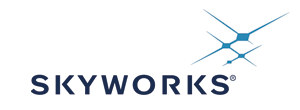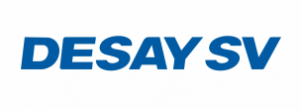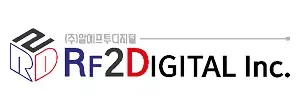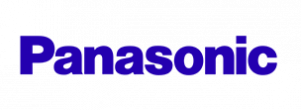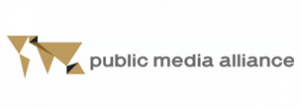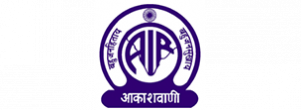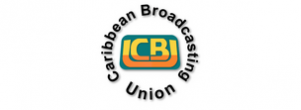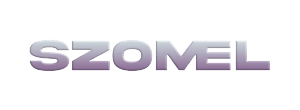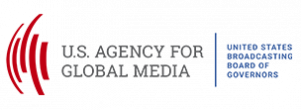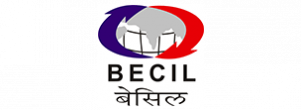Press Release
The Independent Communications Authority (ICASA), published on April 23rd, in the Government Gazette 44469 the Digital Sound Broadcasting (DSB) Services Regulations. Their objective is to set out the framework for introducing the Digital Sound Broadcasting (DRM and DAB+) services and to present the procedure for applicants to obtain the licences and permissions to roll out DSB.
The evaluation and demonstration of the various digital audio broadcasting standards started in South Africa over 20 years ago. In 2014 Radio Pulpit conducted a successful DRM for AM (mediumwave) trial followed by the successful DRM in FM trial of community radio station Kofifi FM 97.2 kHz by WECODEC in Westbury/Johannesburg supported by South African organisations and Consortium members. Both have been adopted now as exemplary ITU reports.
In July 2020 the South African government took a great step forward and issued its radio digitisation policy direction announcing DRM (in AM and VHF band II FM) and DAB+ as its preferred digital sound broadcasting (DSB) standards. A draft licensing framework was issued for public comment by (ICASA) in November 2020 and public hearings were held at the beginning of the year with the final regulations now made public. A total of 15 stakeholders (including the DRM Consortium, Radio Pulpit, WECODEC, BluLemon and Thembeka & Associates) submitted written representations and participated in the public hearings conducted professionally and democratically by ICASA in January 2021.
The ICASA regulations are following the letter of the policy i.e., that DSB services must compliment analogue services using DRM in AM (535.5 – 1606.5 kHz) and FM Band (87.5 – 108 MHz) and DAB+ in the band 214-240 MHz.
The DSB introduction is envisaged in several phases: first the incumbent broadcasters everywhere. Then new entrants in the primary market (Gauteng i.e., Johannesburg and Pretoria, Cape Town and Durban), and then newcomers in secondary markets. This two phase and two market approach was hotly debated during the January hearings, as one option would have been to open the market to all current and prospective players all over the country.
The current document sets out the framework for the introduction of Digital Sound Broadcasting services as well as the procedures to be followed by the applicants – including public, commercial and community broadcasters, as well as multi-channel signal distributors. Broadcasters can use muxes or simply provide digital signal distribution on their own. DRM distribution does not require muxes and leaves broadcasters in control of their transmission and content encouraging, in the process, the development of skills and citizen / SMME empowerment even at community level.
The next stage for the industry is the practical implementation of Digital Sound Broadcasting. In preparation for the final regulations, the South African DRM Group was just relaunched last month joining the ranks of other DRM national platforms (in Germany, India, Brazil, Russia or USA) engaged in pushing the rollout of the DRM standard across not only the BRICS countries but also the whole world.
The recently relaunched SA DRM Group and the DRM Consortium have made known their readiness to serve and advise the DSB technical advisory group, DTAG, to be set up by ICASA for the smooth process of introducing DSB.
DRM Chairman, Ruxandra Obreja, noted: “This is a great moment for South Africa and the DSB rollout that will offer the population the chance to benefit from digital radio, DRM in particular, as there is a need for universal access to information and education for each citizen, including the 11 million disabled people. There is a clear thirst for connection and betterment and also the pressing need for job creation, especially amongst the youth. DRM can open the doors to all that. Having opted for a dual-standard solution, South Africa has the historic chance to lead the way in radio digitisation, becoming an example and an exporter to the whole continent and the world.”
DRM SA Press Release May 2021: DRM – Regulator Unveils Licensing Framework for Digital Sound Broadcasting in South Africa
You can contact us on: projectoffice@drm.org
About DRM
Digital Radio Mondiale™ (DRM) is the universal, openly standardised, non-proprietary digital radio system for all broadcasting frequencies and coverage needs.
DRM on short, medium and long wave up to 30 MHz provides for the efficient coverage in large areas with at least FM quality, while significantly reducing power consumption. DRM in the FM & VHF bands above 30 MHz enables flexible local and regional broadcaster-controlled services, with up to 3 stereo audio programmes plus multimedia components in half the bandwidth of a single analogue FM signal.
Advanced radio functionality thanks to DRM comprises: More services based on the highly efficient audio codec MPEG xHE-AAC and free-to-air Journaline multi-lingual text information, detailed service signalling, service linking (including to analogue AM/FM services) and DRM EWF – Emergency Warning Functionality. Enhanced DRM features include native Unicode support, station logos via SPI, Slideshow images and traffic and travel information.
The DRM Consortium was awarded by ITU for its outstanding contribution to the Telecommunications sector over the past years and has signed the EBU Smart Radio Memorandum that promotes access to free to air radio on all devices.
For more information and DRM news by writing to pressoffice@drm.org.
Go to newsletters to subscribe to the general DRM newsletter or the special India Noticeboard with all the latest DRM news.
Watch the latest DRM video “From Broadcaster to Listener” (https://www.youtube.com/watch?v=V-DpTa5yU28)
29 April 2021


